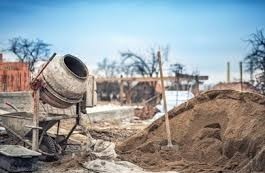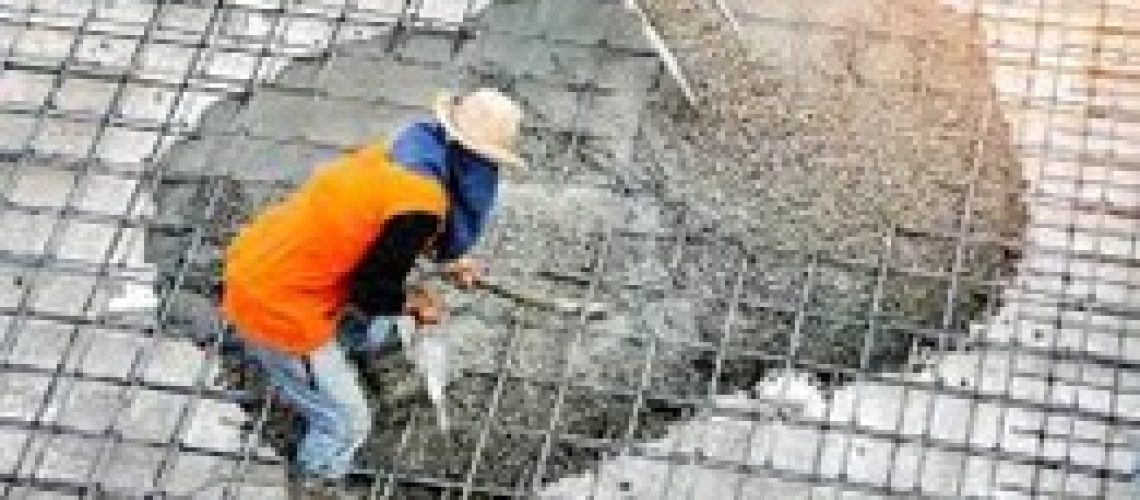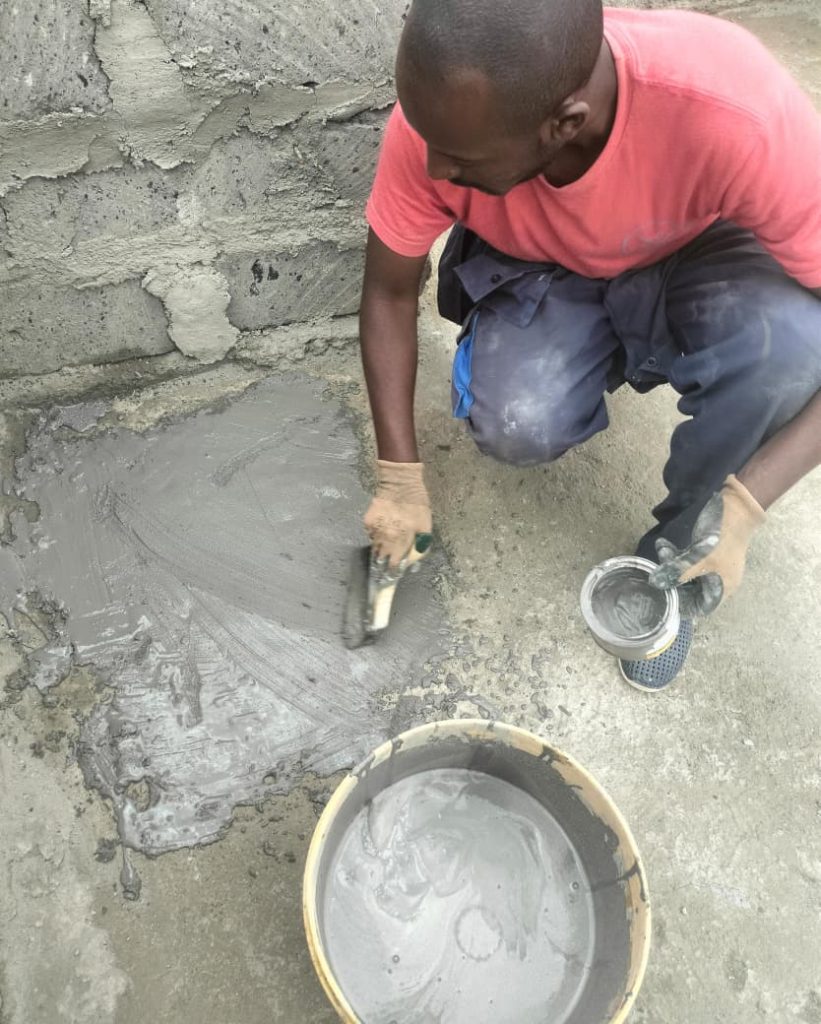Concrete is one of the most widely used construction materials in the world. Its versatility, strength, and durability make it essential for a variety of construction projects. The primary components of concrete are cement, sand, ballast, and rock dust. Understanding these components and how they are combined can help ensure that the resulting concrete has the desired properties for specific applications.


1.Cement
Cement is the binding agent in concrete. When mixed with water, it forms a paste that coats the aggregates and hardens over time. The most common type of cement used in concrete is Portland cement, which is composed of limestone, clay, and other minerals that are heated to form a clinker, which is then ground into a fine powder.
2. Sand
Sand acts as a fine aggregate in concrete. It fills the voids between the larger aggregates and provides bulk and strength to the mixture. The sand used in concrete should be clean and free of impurities. The fineness modulus of sand, which is a measure of its coarseness, plays a significant role in determining the strength and workability of the concrete.
3. Ballast
Ballast, also known as coarse aggregate, is typically made up of crushed stone or gravel. The size and shape of the ballast particles affect the strength and durability of the concrete. Larger aggregates are generally used for more robust structures, while smaller aggregates are used for smoother finishes and more detailed work.
4. Rock Dust
Rock dust, or quarry dust, is a byproduct of crushing rocks. It can be used as a partial replacement for sand in concrete mixtures. The use of rock dust in concrete helps to reduce the demand for natural sand, making it an eco-friendly option. Additionally, rock dust can enhance the strength and durability of the concrete.
Rationing of Concrete Components
The proportions of cement, sand, ballast, and rock dust in concrete are critical for achieving the desired strength and workability. The mix ratio can vary depending on the requirements of the construction project. Common mix ratios include:
1:2:4 (Cement: Sand: Ballast): This is a standard mix ratio used for general-purpose concrete. It provides good strength and durability and is suitable for foundations, slabs, and beams.
1:3:6 (Cement: Sand: Ballast): This ratio is used for concrete that does not require high strength, such as mass concrete works and lean concrete.
1:1.5:3 (Cement: Sand: Ballast): This mix is used for high-strength concrete. It has a higher proportion of cement, which increases the strength and reduces the permeability of the concrete.
Strength for Each Ratio
1:2:4 Mix: This mix typically achieves a compressive strength of 20-25 MPa (2900-3600 psi) after 28 days of curing.
1:3:6 Mix: This mix usually has a compressive strength of 15-20 MPa (2200-2900 psi) after 28 days.
1:1.5:3 Mix: This high-strength mix can achieve compressive strengths of 30-35 MPa (44005100 psi) or more after 28 days.
Conclusion
The quality of concrete is highly dependent on the proportions of its components. By carefully selecting and mixing cement, sand, ballast, and rock dust in the right ratios, it is possible to create concrete that meets the specific requirements of any construction project. Whether you need general-purpose concrete or high-strength concrete, understanding the properties and roles of each component will help you achieve the best results.





